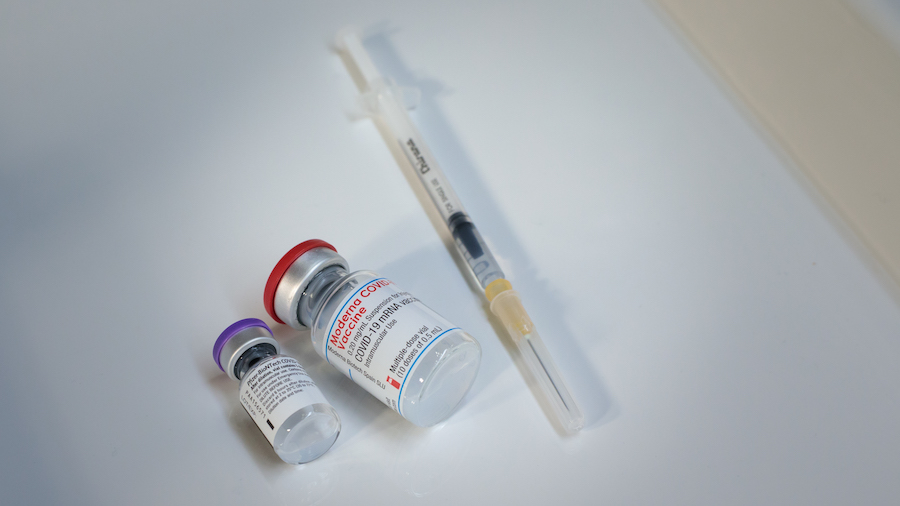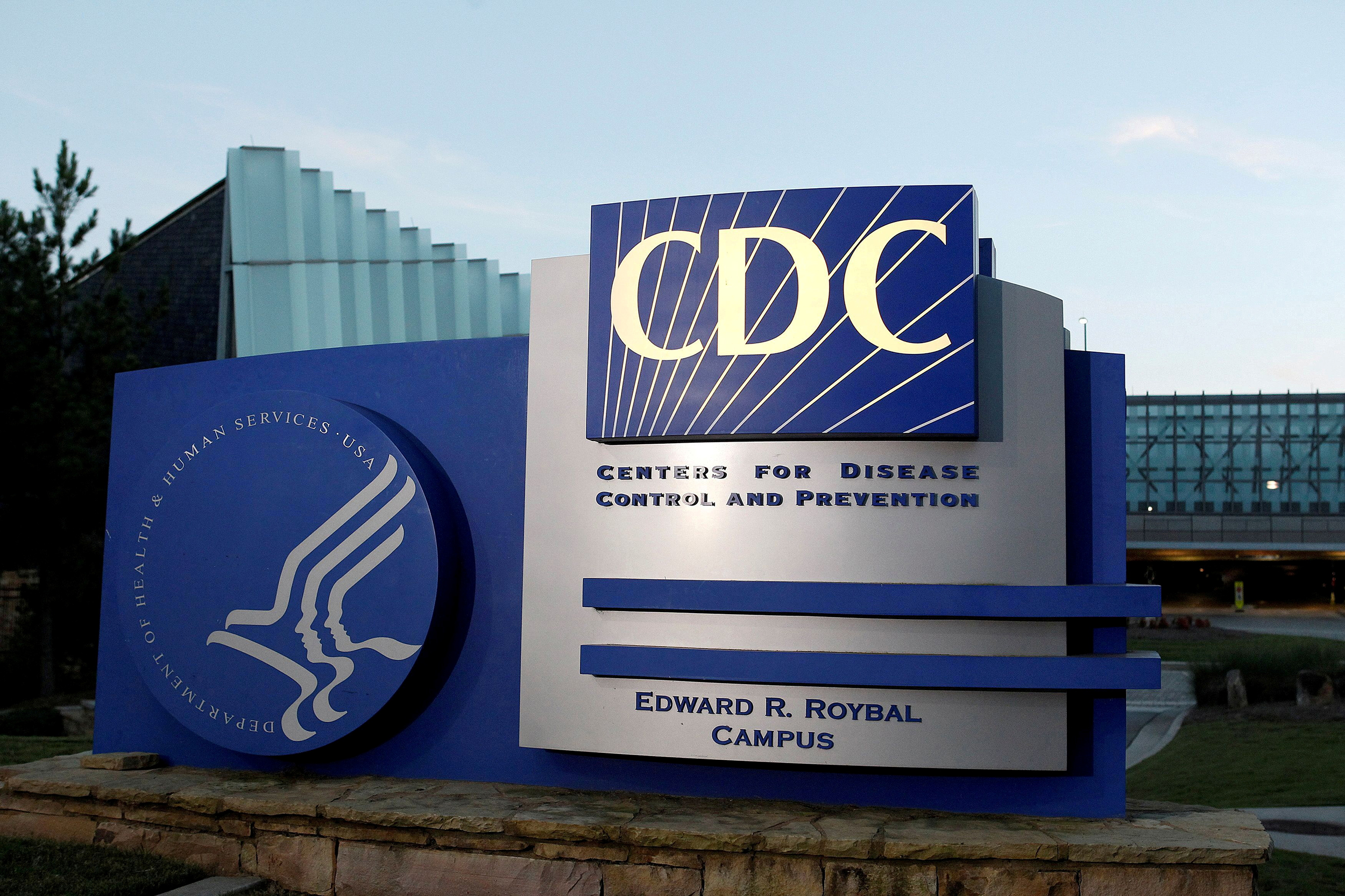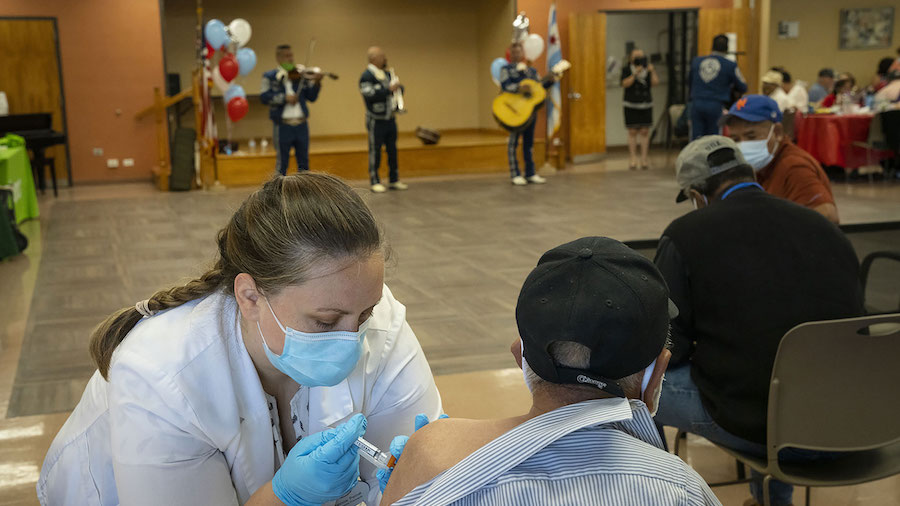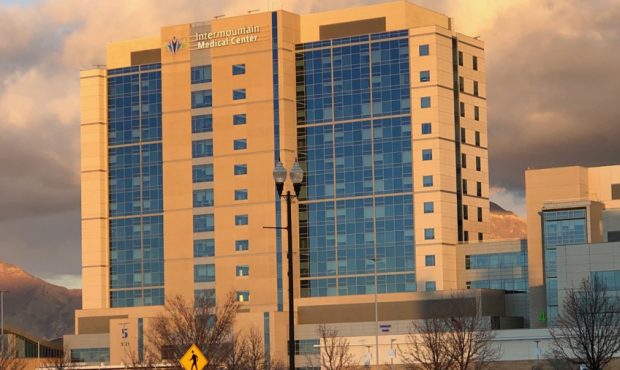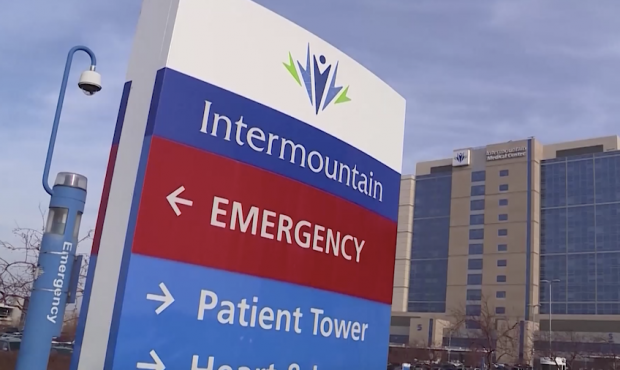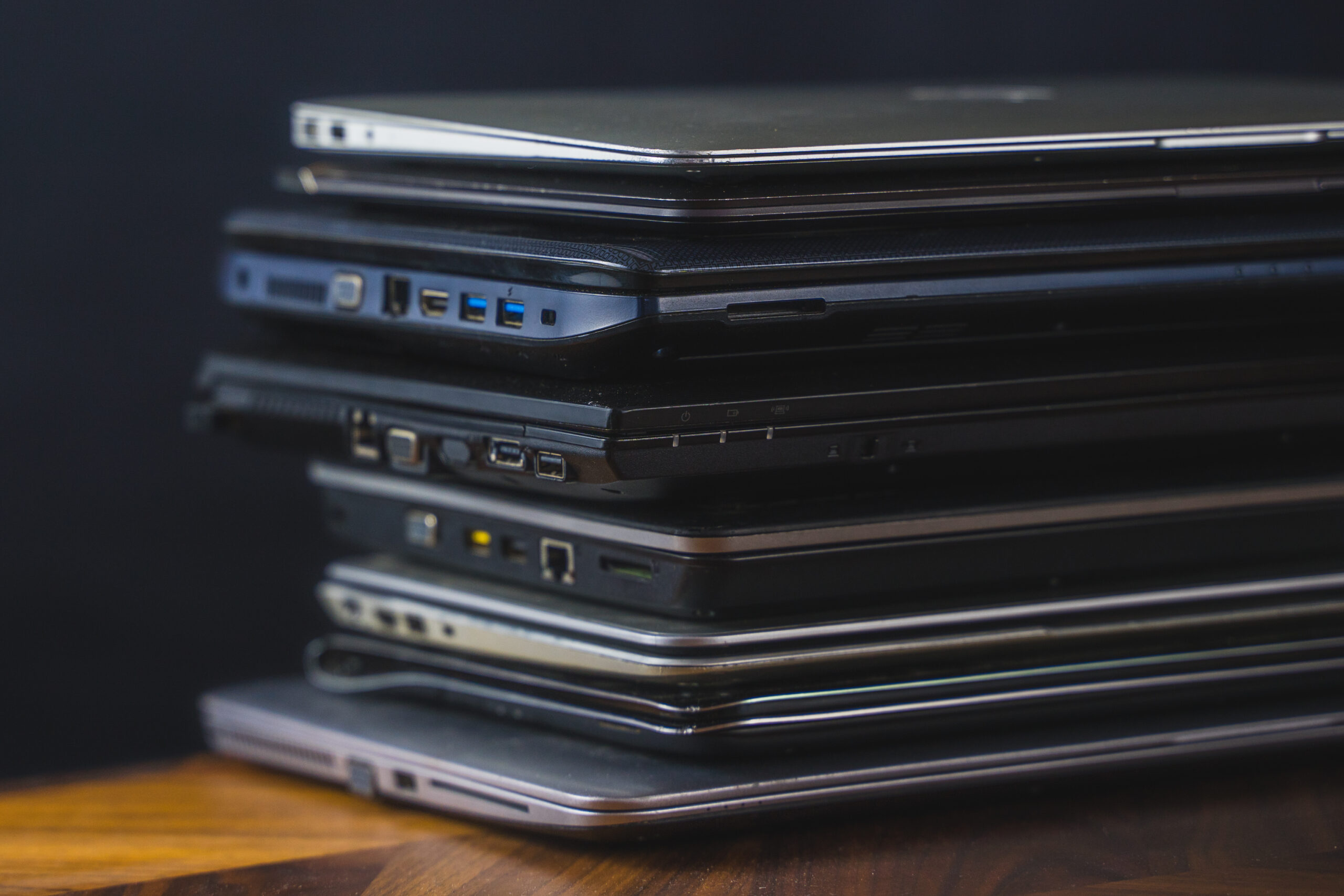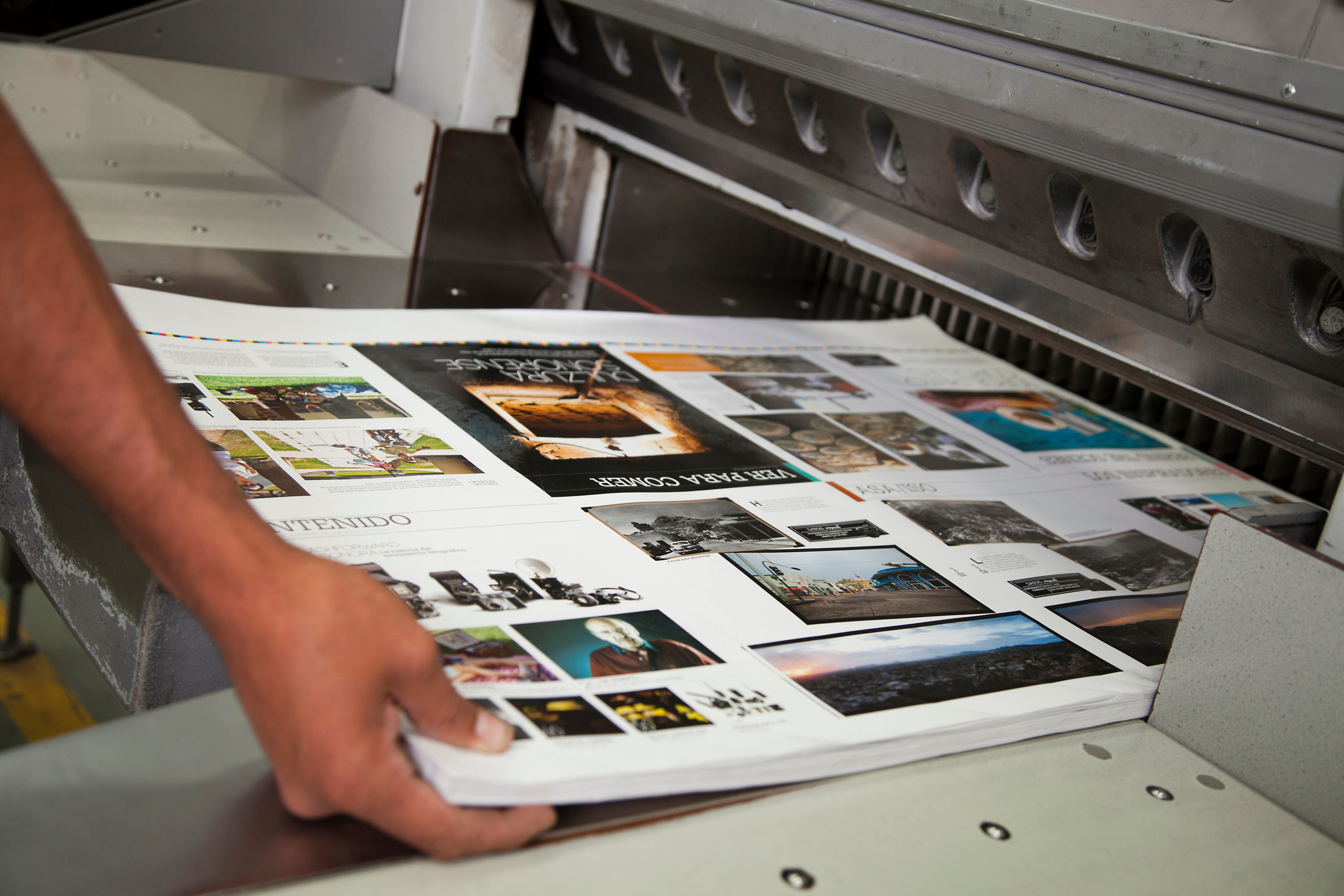CORONAVIRUS
Social Distancing Measures Helping Clear Utah’s Air, Researchers Say
May 5, 2020, 4:31 PM | Updated: 4:35 pm

Comparison of NO2 along the Wasatch front from late March in 2019 vs. 2020. Satellite NO2 observations are from the Tropomi instrument on the Sentinal-5 satellite. Red colors indicate higher concentrations of NO2. (University of Utah Department of Atmospheric Sciences)
(University of Utah Department of Atmospheric Sciences)
SALT LAKE CITY, Utah – Researchers at the University of Utah released information that showed how stay-at-home orders have cleared the air along the Interstate 15 corridor over the past two months.
“Air quality along the Wasatch Front in March is usually good, but the reduction in emissions from COVID-19 social distancing measures has made air quality even better than usual,” according to a news release from the University of Utah.
However, Dr. Logan Mitchell, the research assistant professor at the University of Utah’s Department of Atmospheric Sciences who conducted the initial analysis, noted the better air quality has been “overshadowed” by other parts of the pandemic.
“While large improvements in air quality have occurred during this pandemic, these benefits are overshadowed by the steep costs to health, the economy and other aspects of society,” Mitchell said. “My hope is that this data and analysis can help provide a vision for improved air quality as we recover from this pandemic.”
The release said the information is the first to blend ground-based air quality and greenhouse gas emissions information with satellite observations to produce the new results.
“These measurements, taken together, paint a consistent picture of cleaner air from reduced emissions, especially from reduced traffic,” Mitchell said.
Mitchell analyzed the data from the Utah Department of Environmental Quality monitoring stations.
“It shows how fast the air quality improves after a reduction in emissions and suggests that as the economy starts to recover and emissions ramp up, we’re going to see our air quality get worse again,” Mitchell added.
Mitchell said the current improvements from a 40-50% decrease in traffic were what the Wasatch Front could expect if 40-50% of all vehicles were electric.
Bryce Bird, director of the DEQ’s Division of Air Quality, called the pandemic a once-in-a-lifetime opportunity to study how fewer vehicles driving around the area impacted air quality.
“We are looking forward to further analyzing the data our monitors collected during this period when residents were teleworking and driving less,” he said. “Mitchell’s initial analysis shows a lot of promise and hopefully the final results will help inform behavior and policy in the coming years.”
The release said the measurements came from a monitoring station at Salt Lake City’s Hawthorne Elementary and carbon dioxide measurements in Sugar House, the University of Utah and southwest Salt Lake City.
Mitchell said the results need to be peer-reviewed and weather conditions from March need to be analyzed to see how they compare to previous years.
“These results give me a lot of optimism about the future,” Mitchell said. “It shows that as we recover from the pandemic if we invest in clean energy and electric vehicles, it’s really possible to clean up the air.”
Read the full report of preliminary results here.

